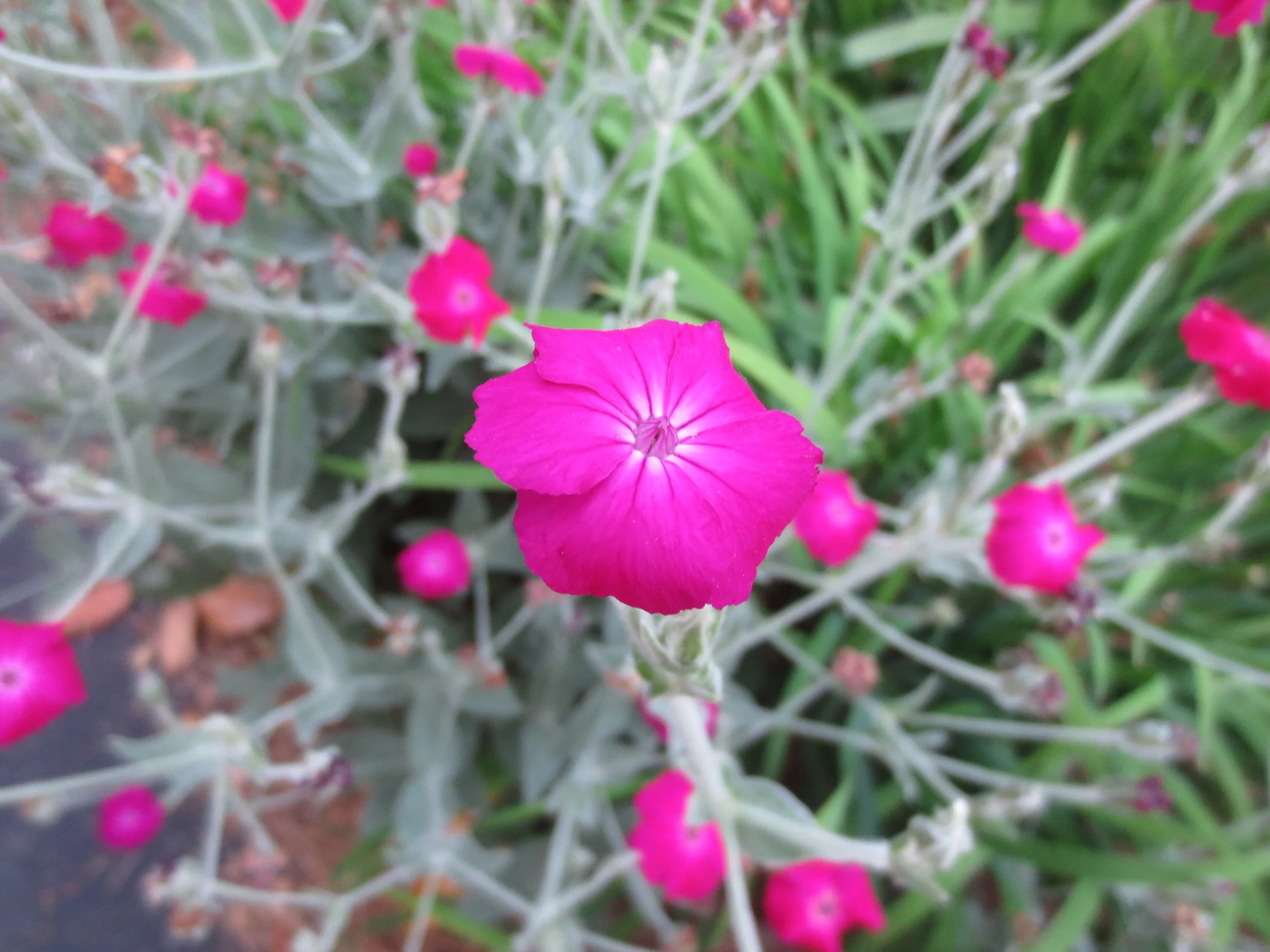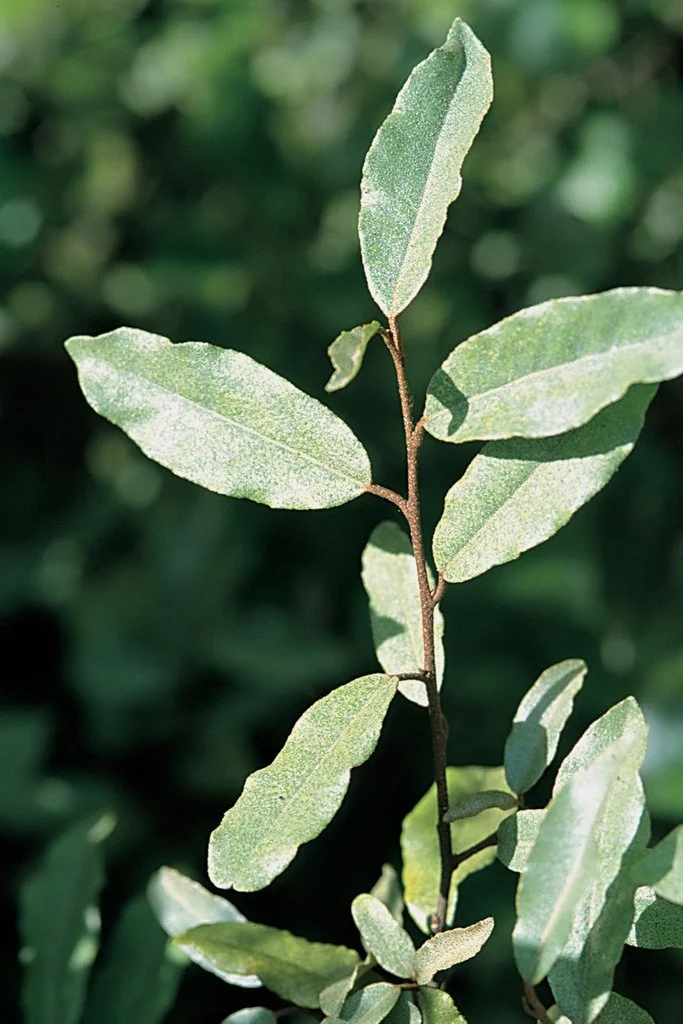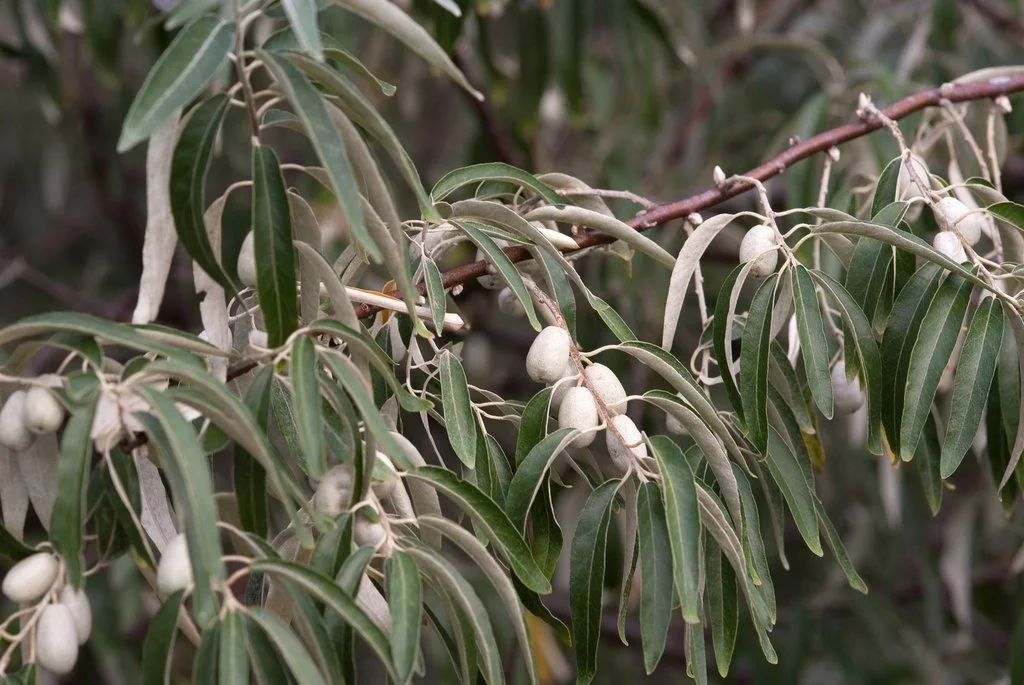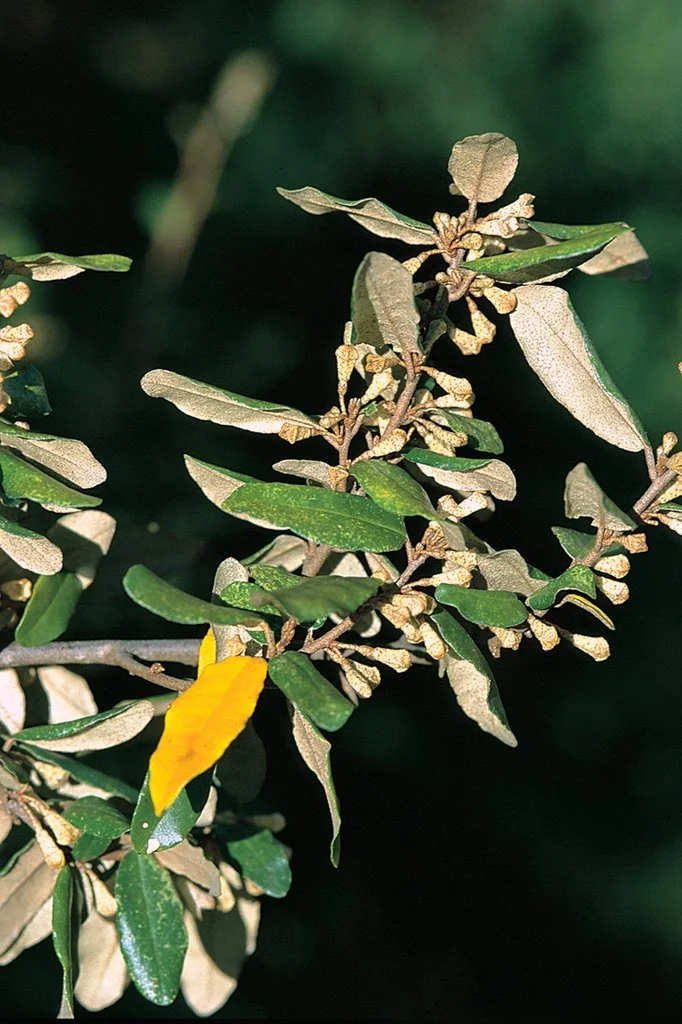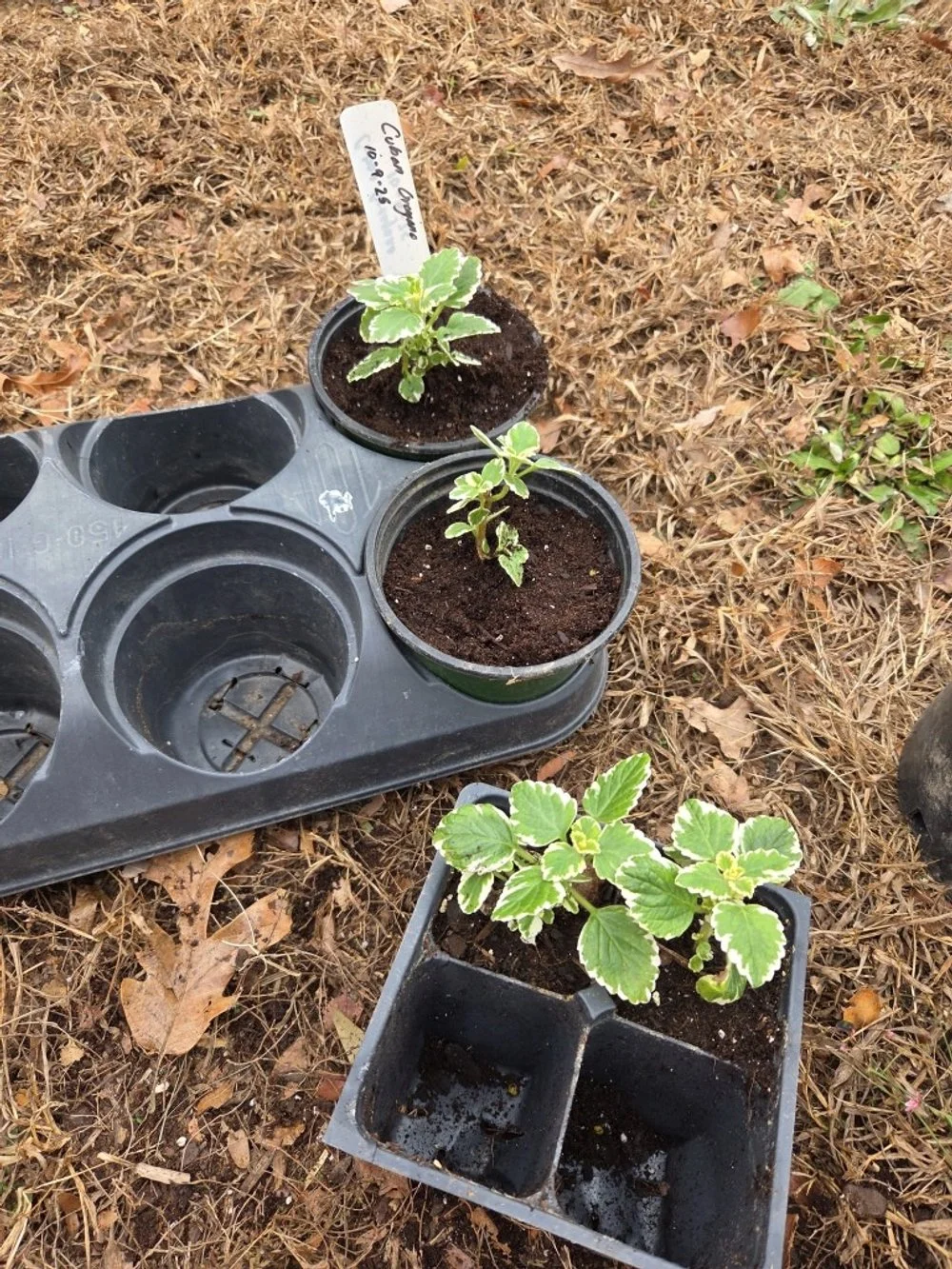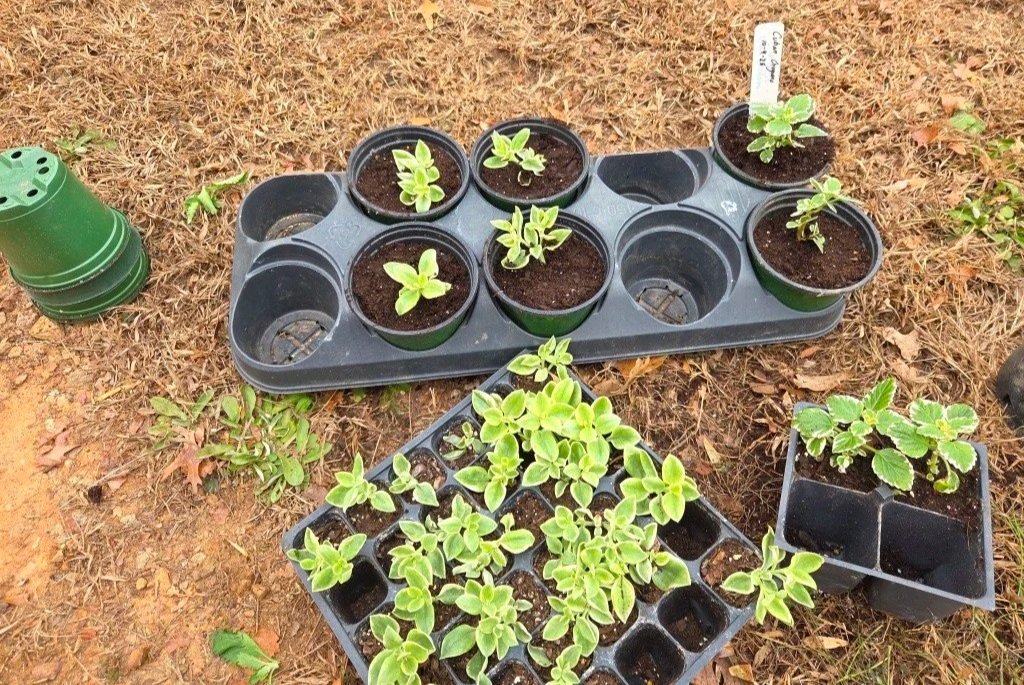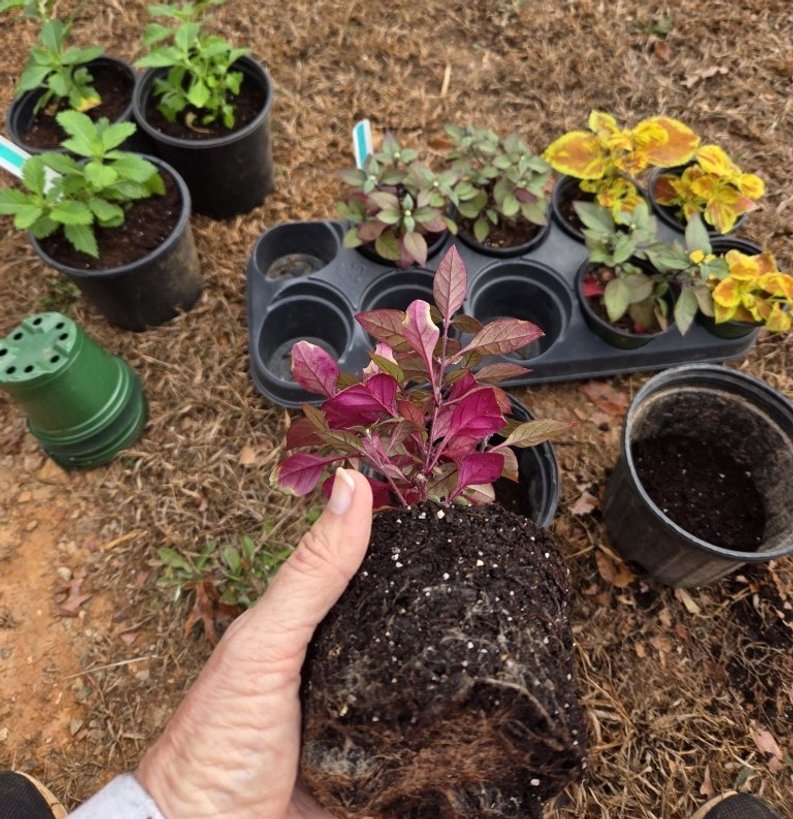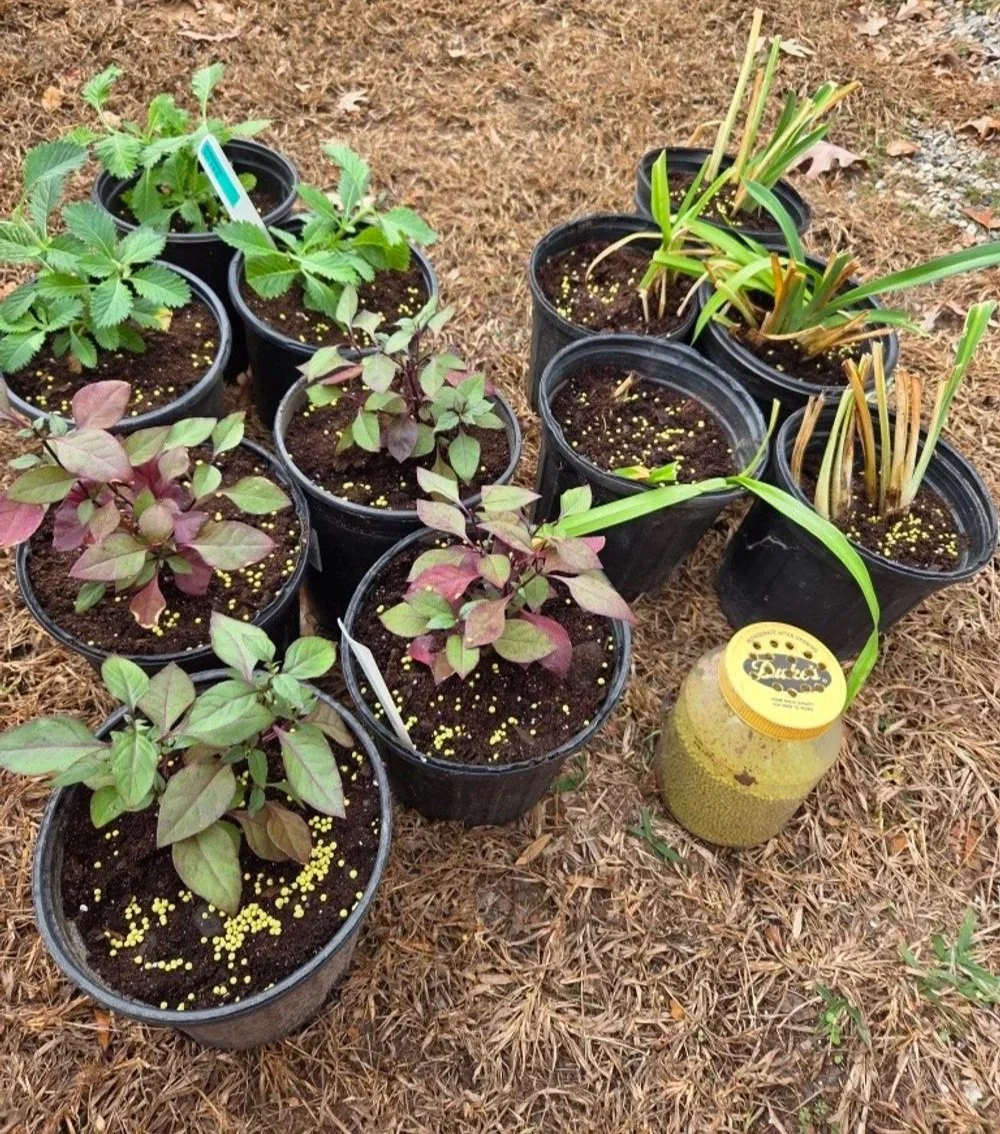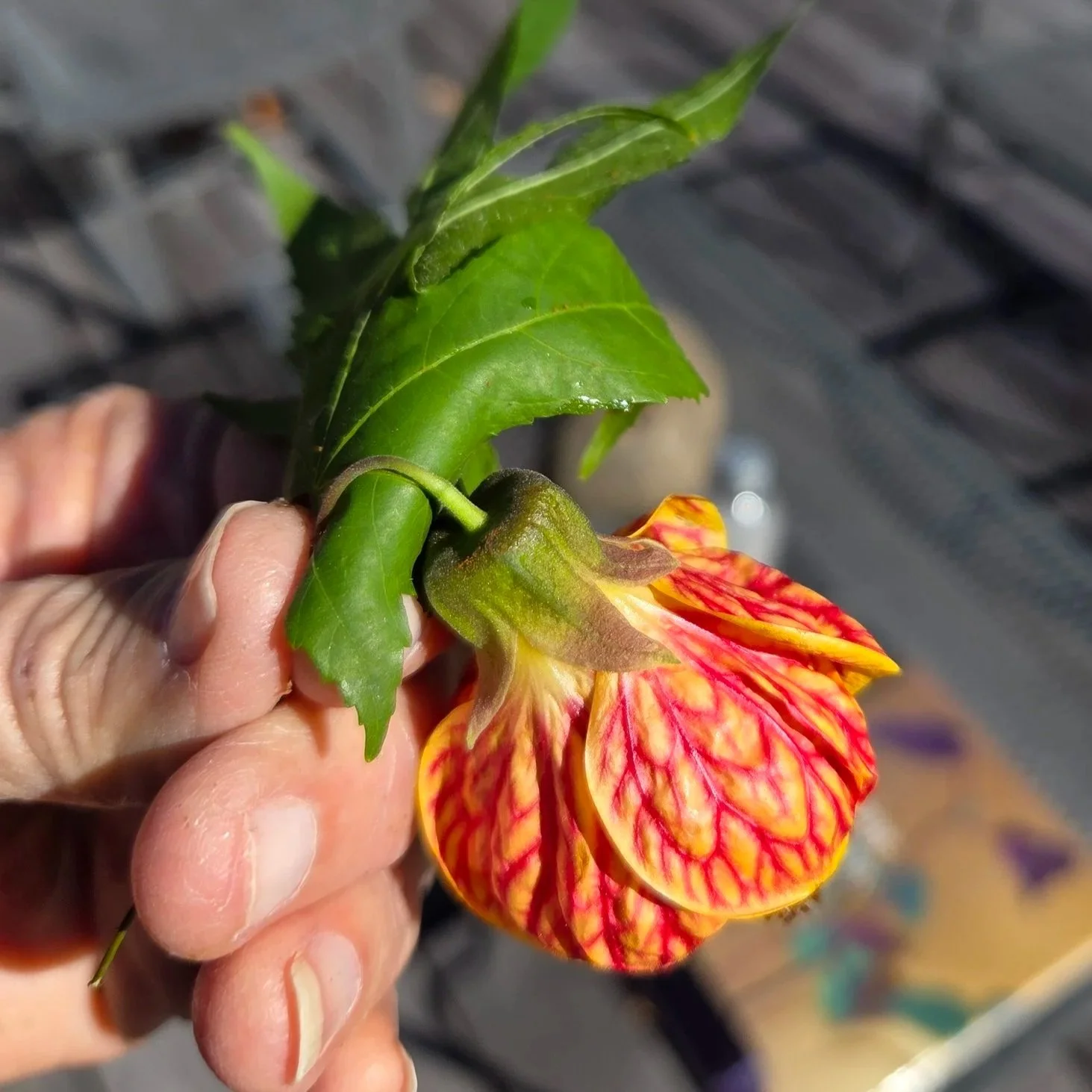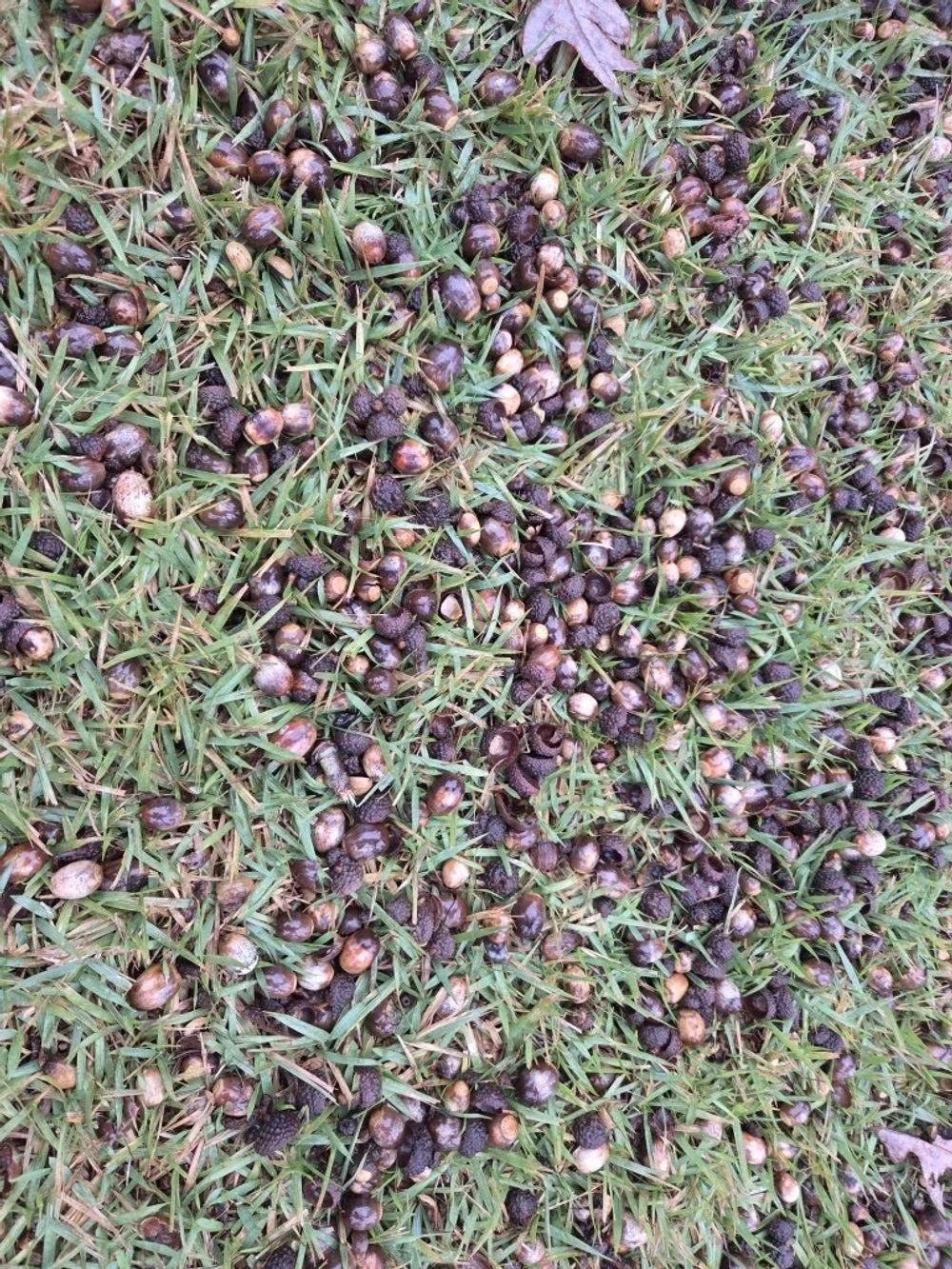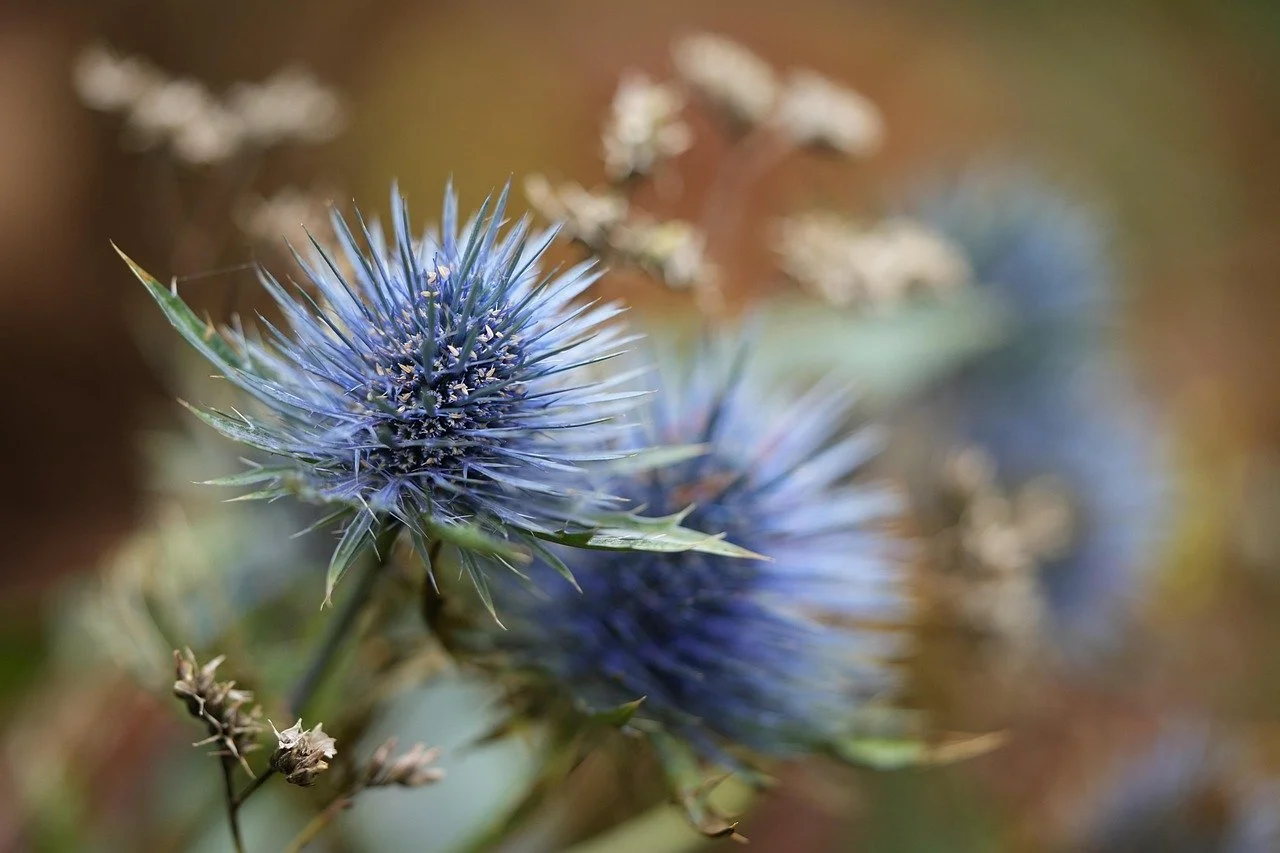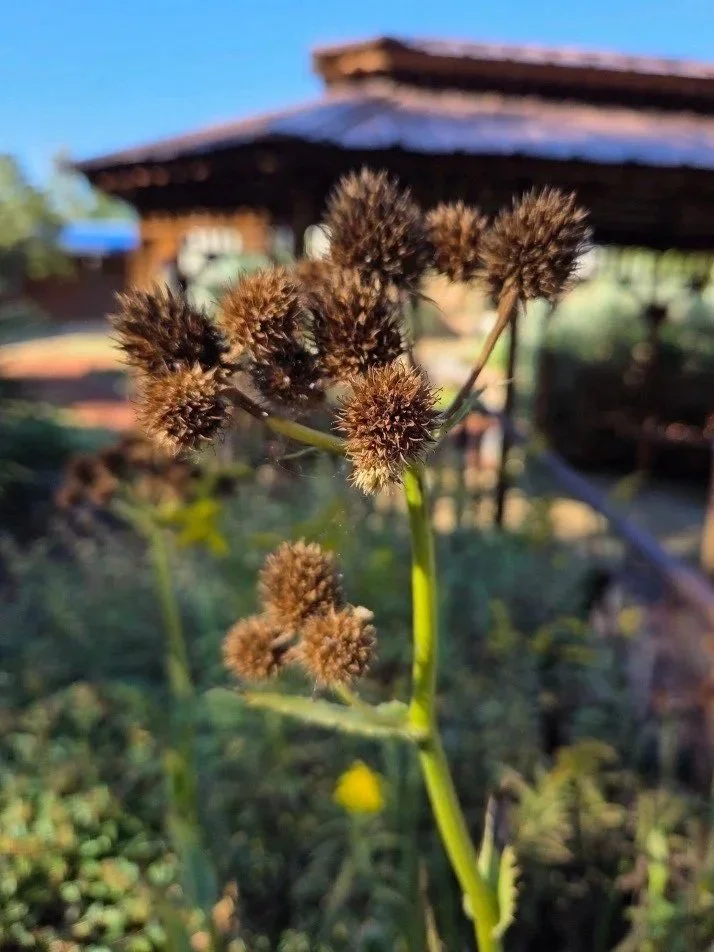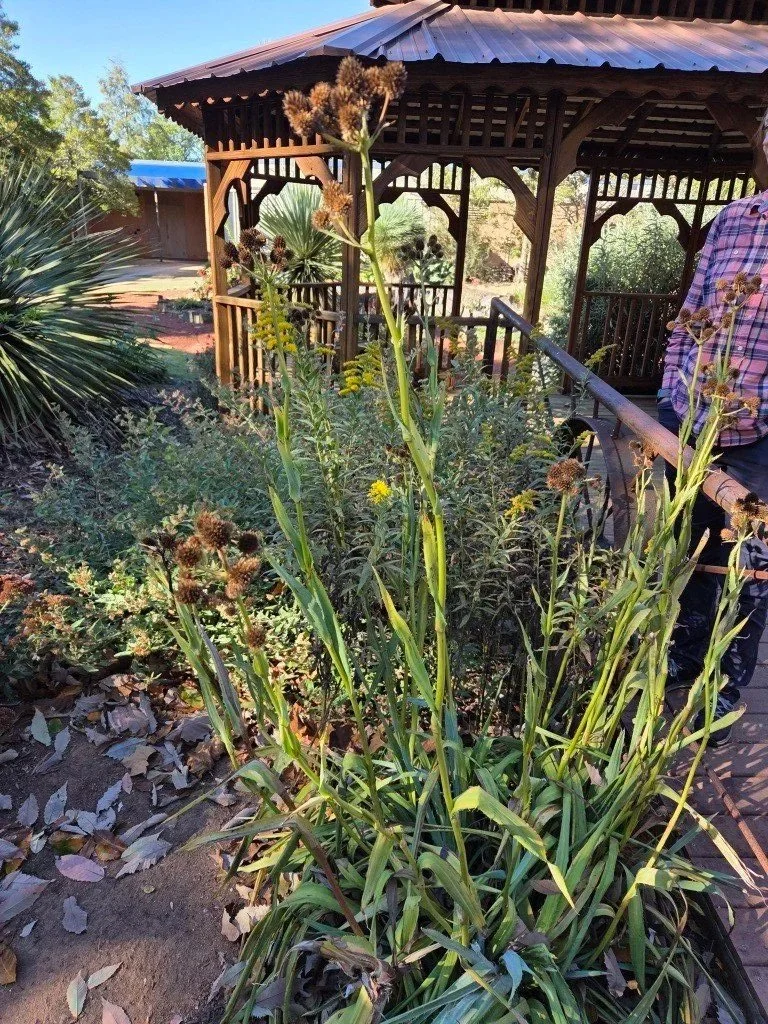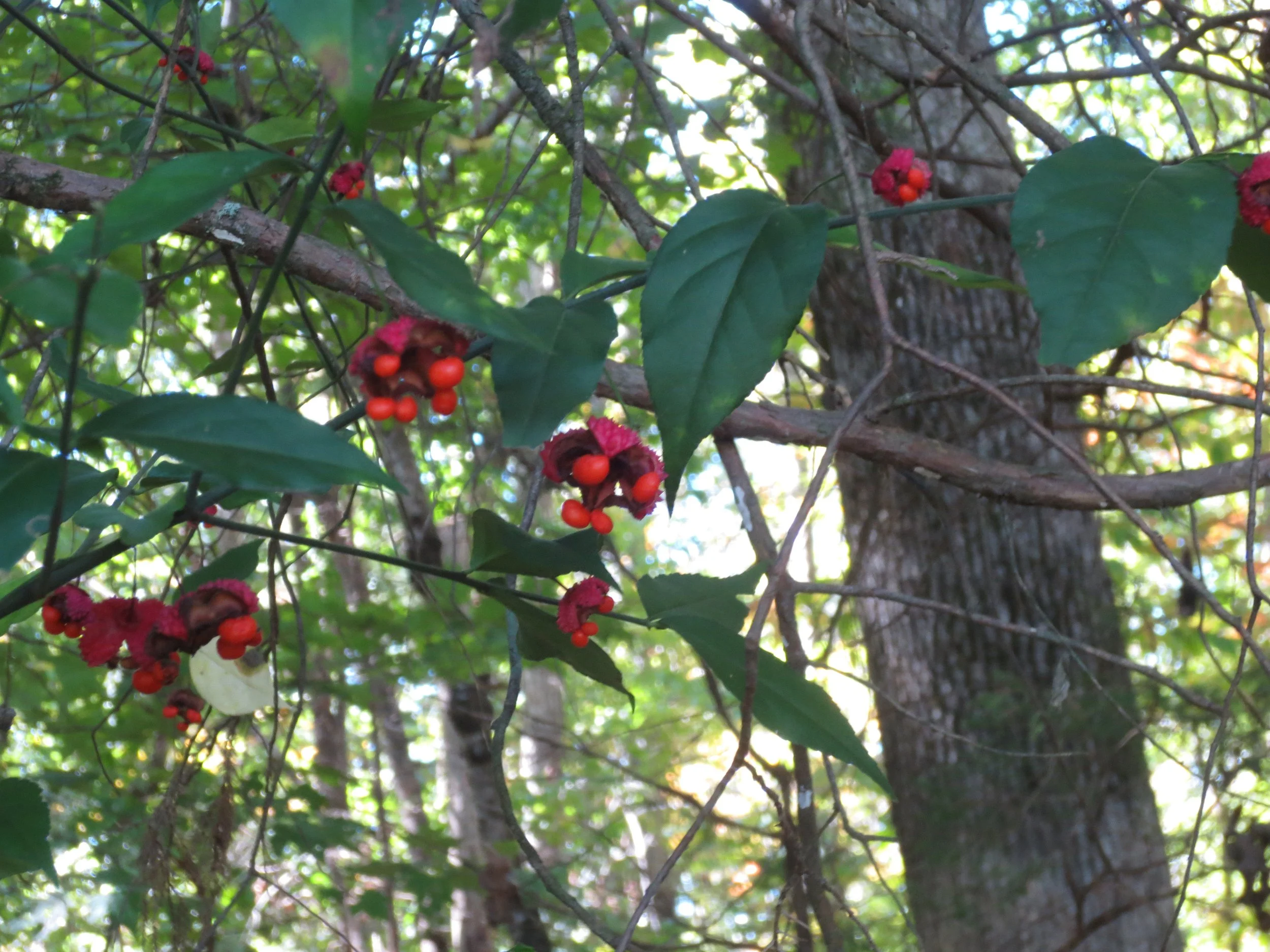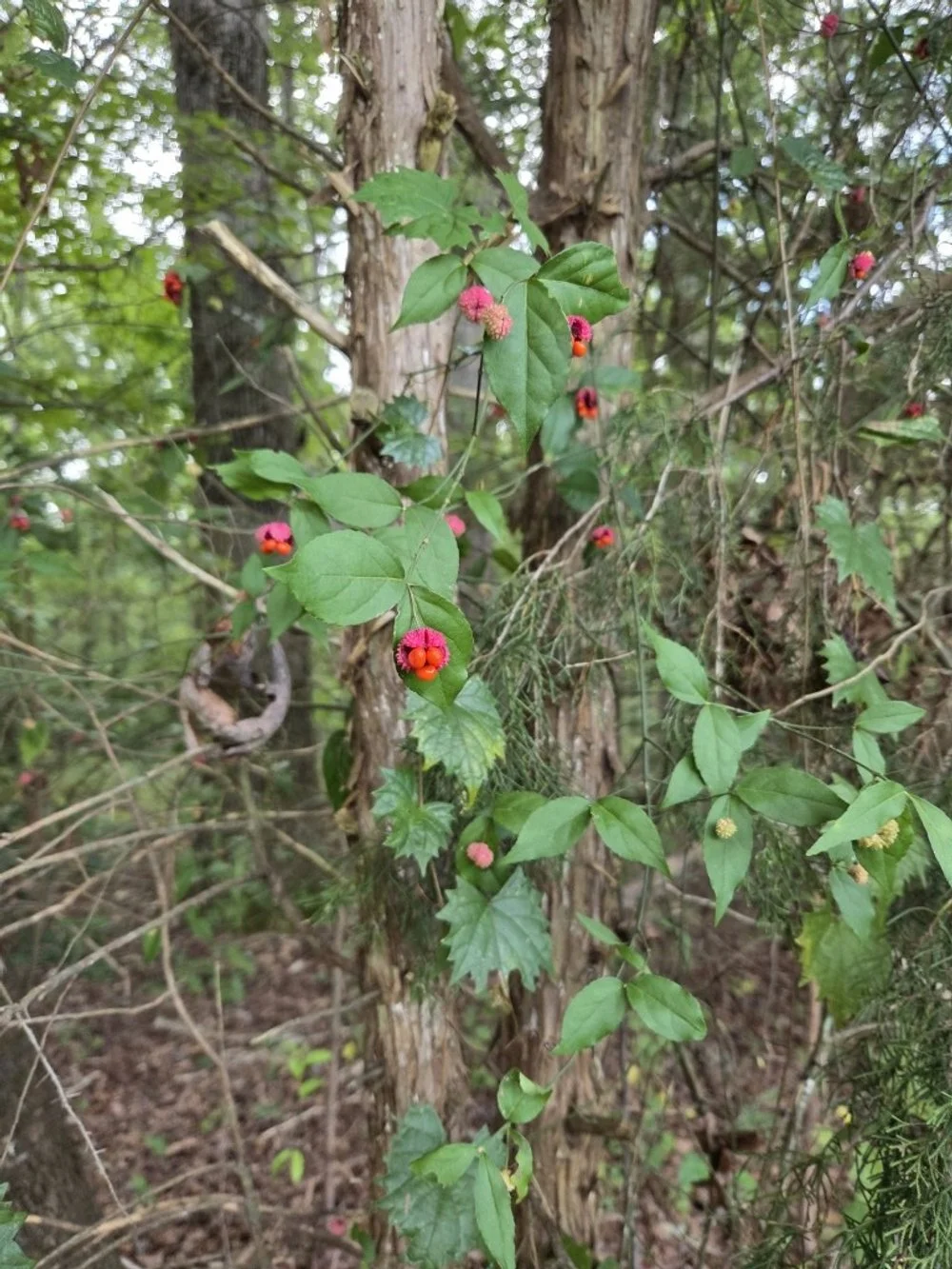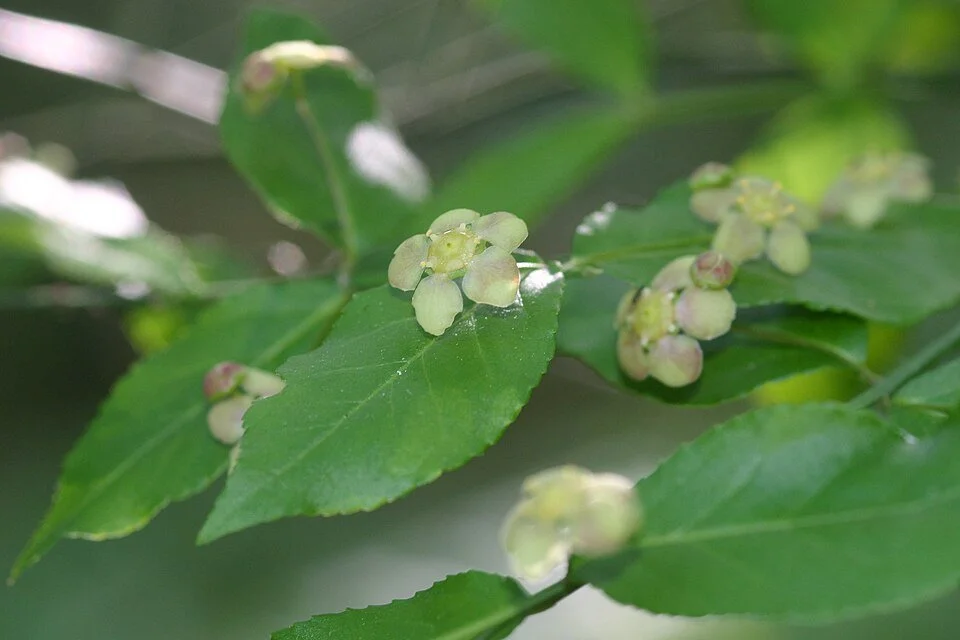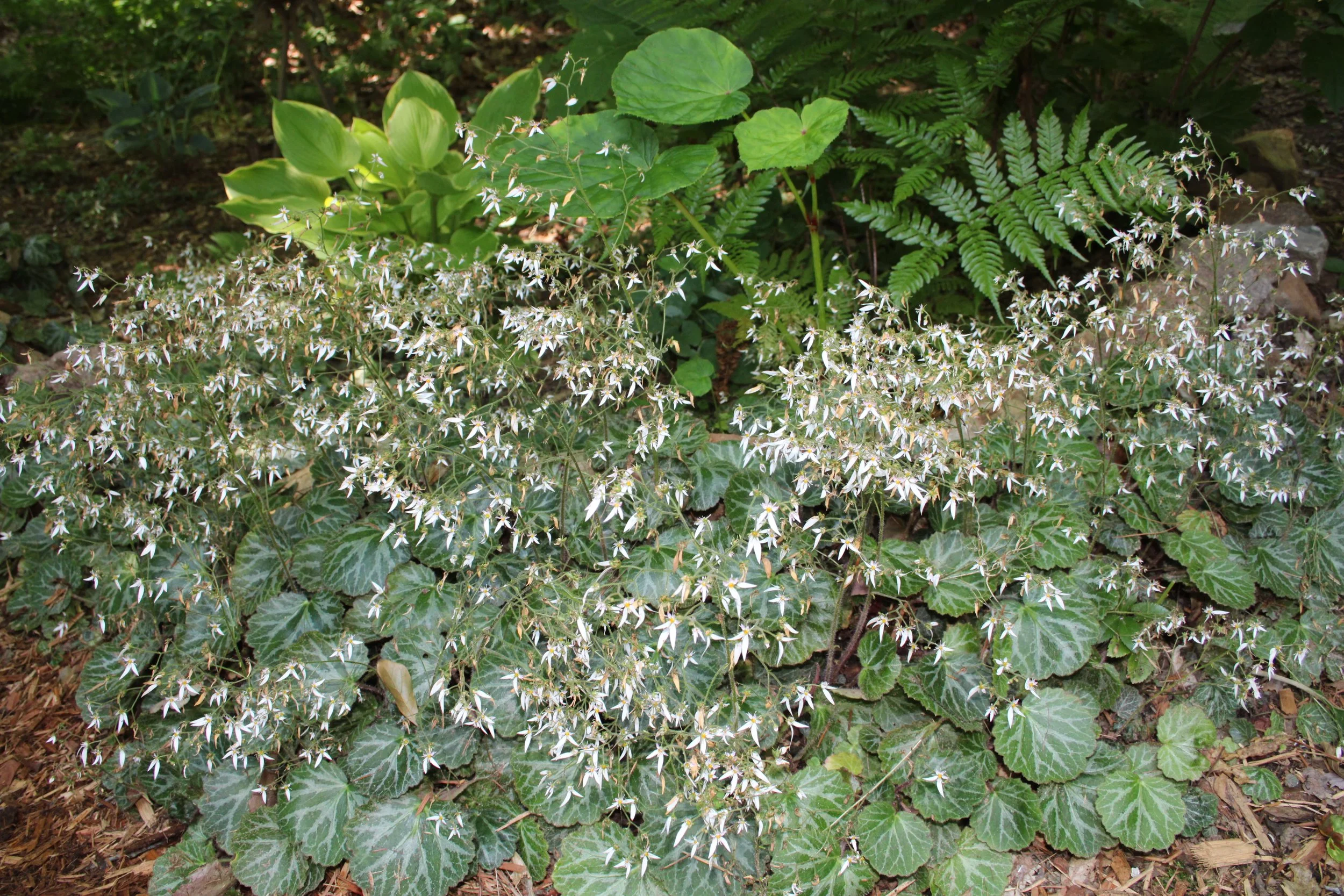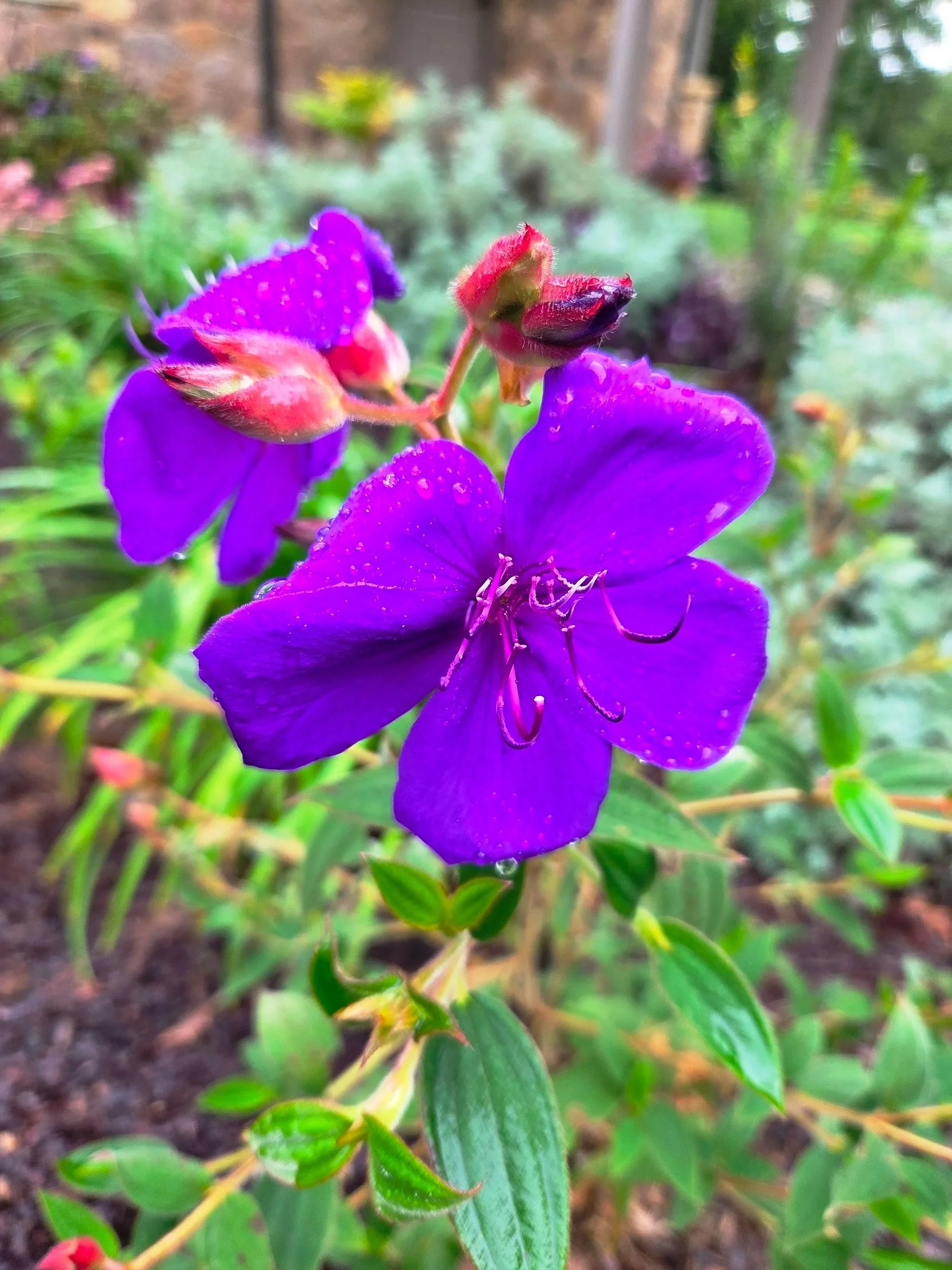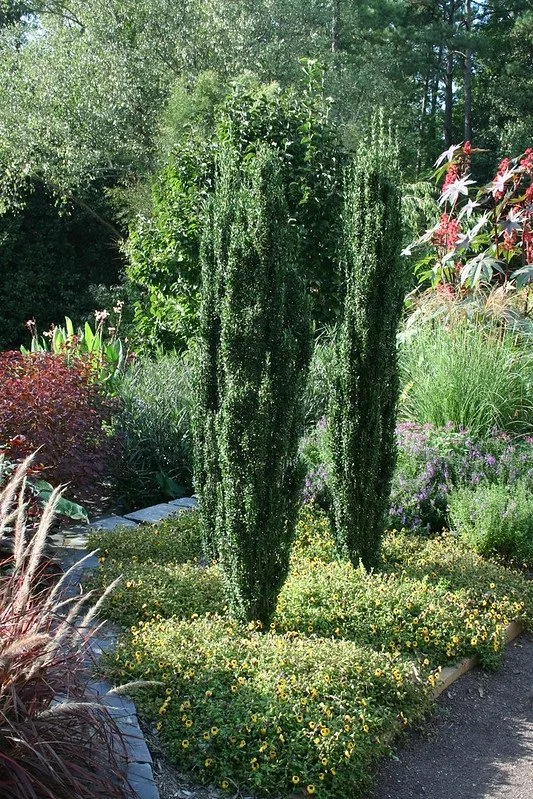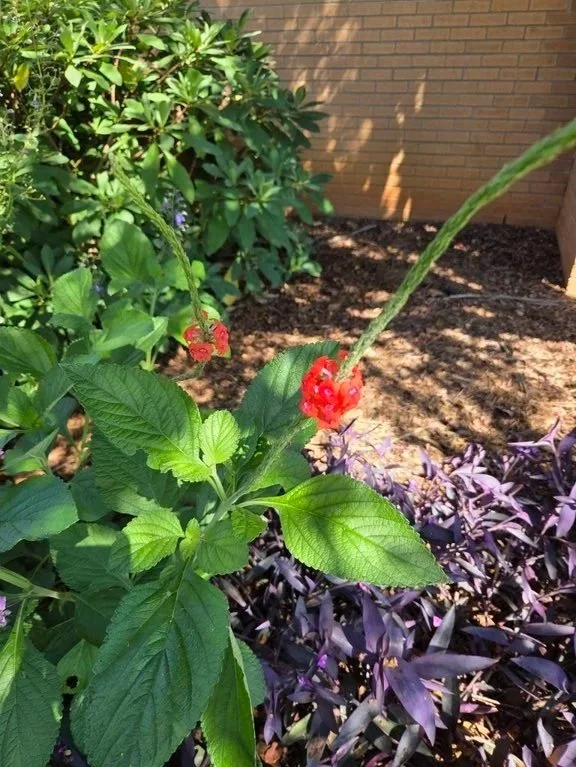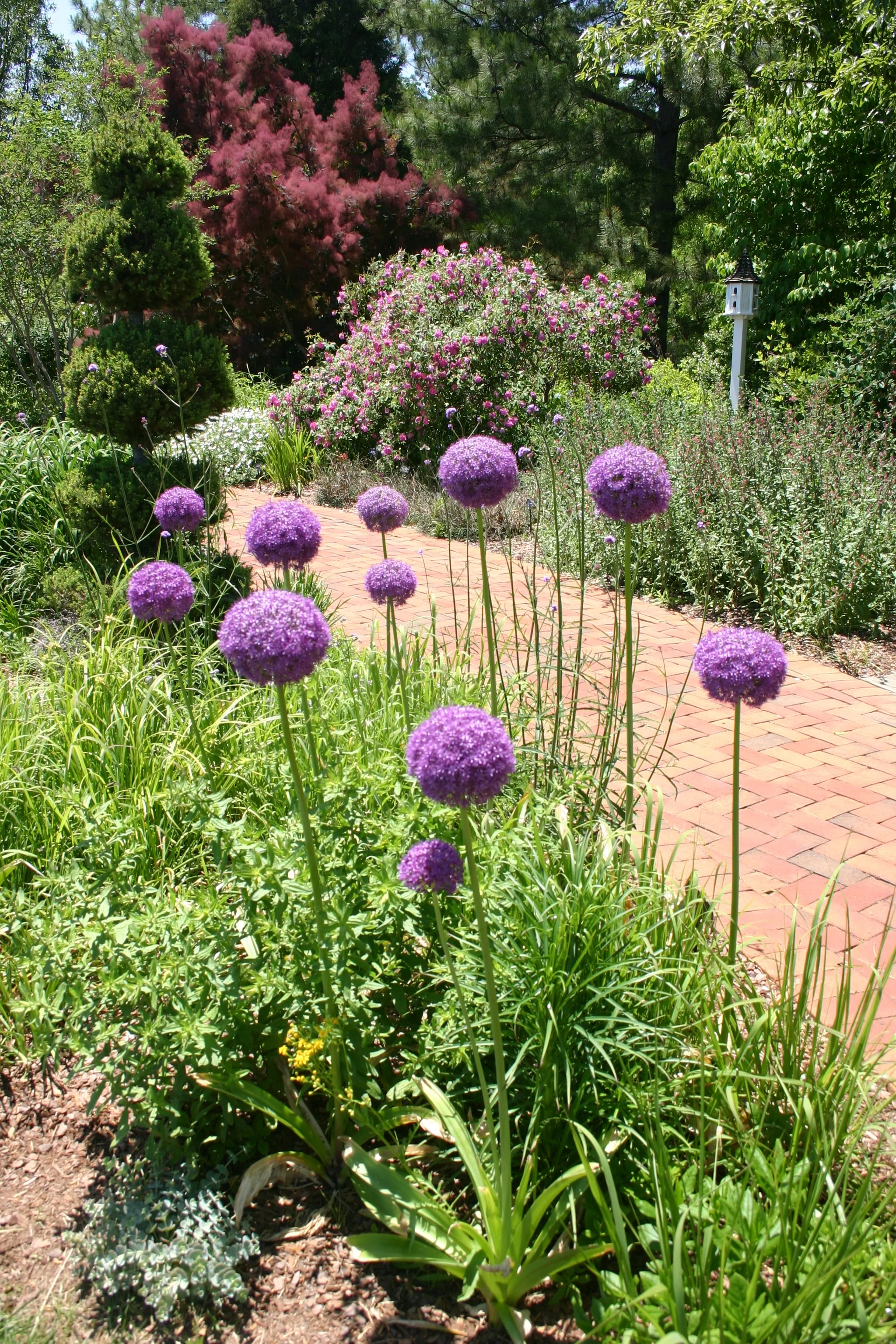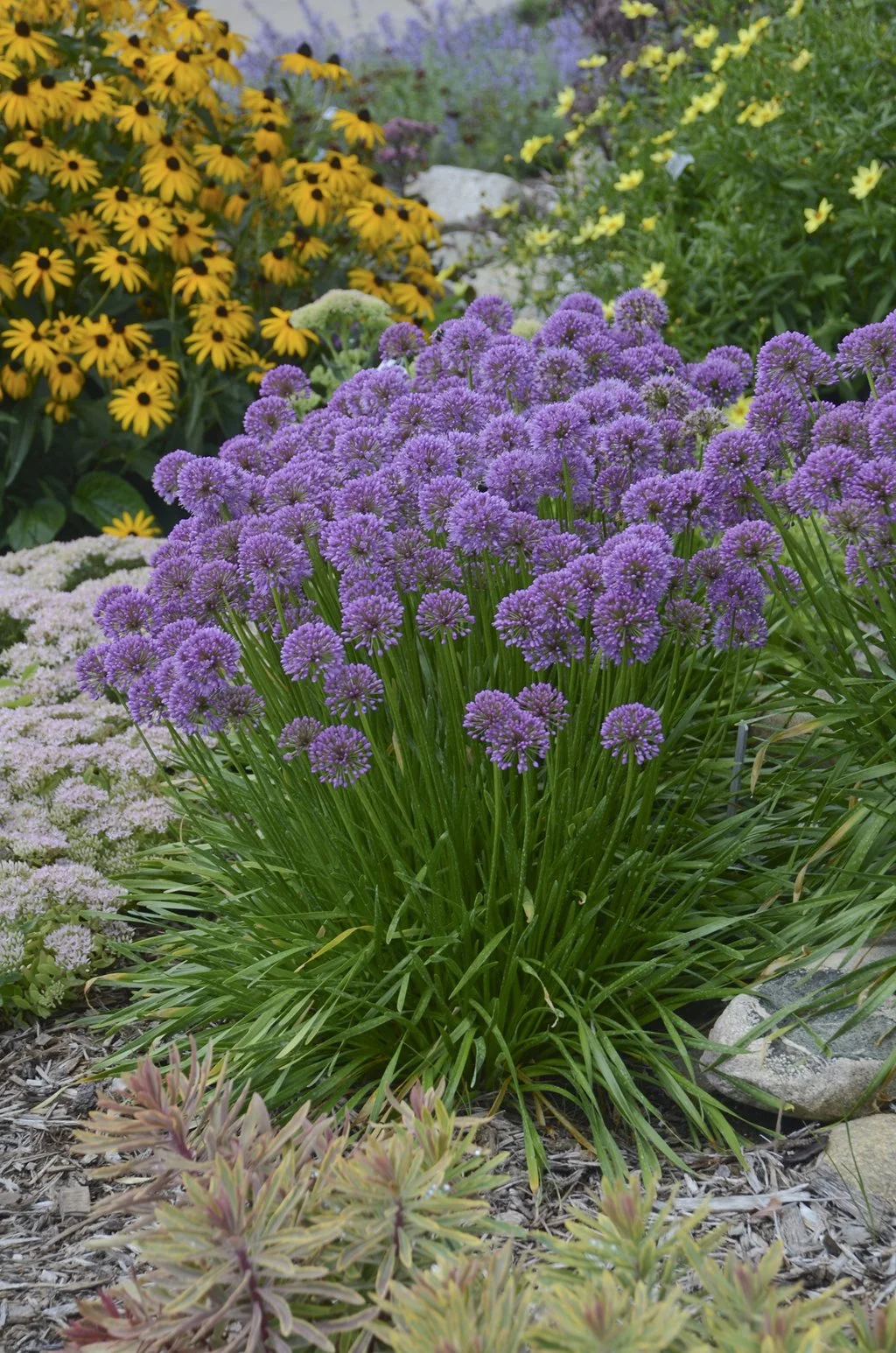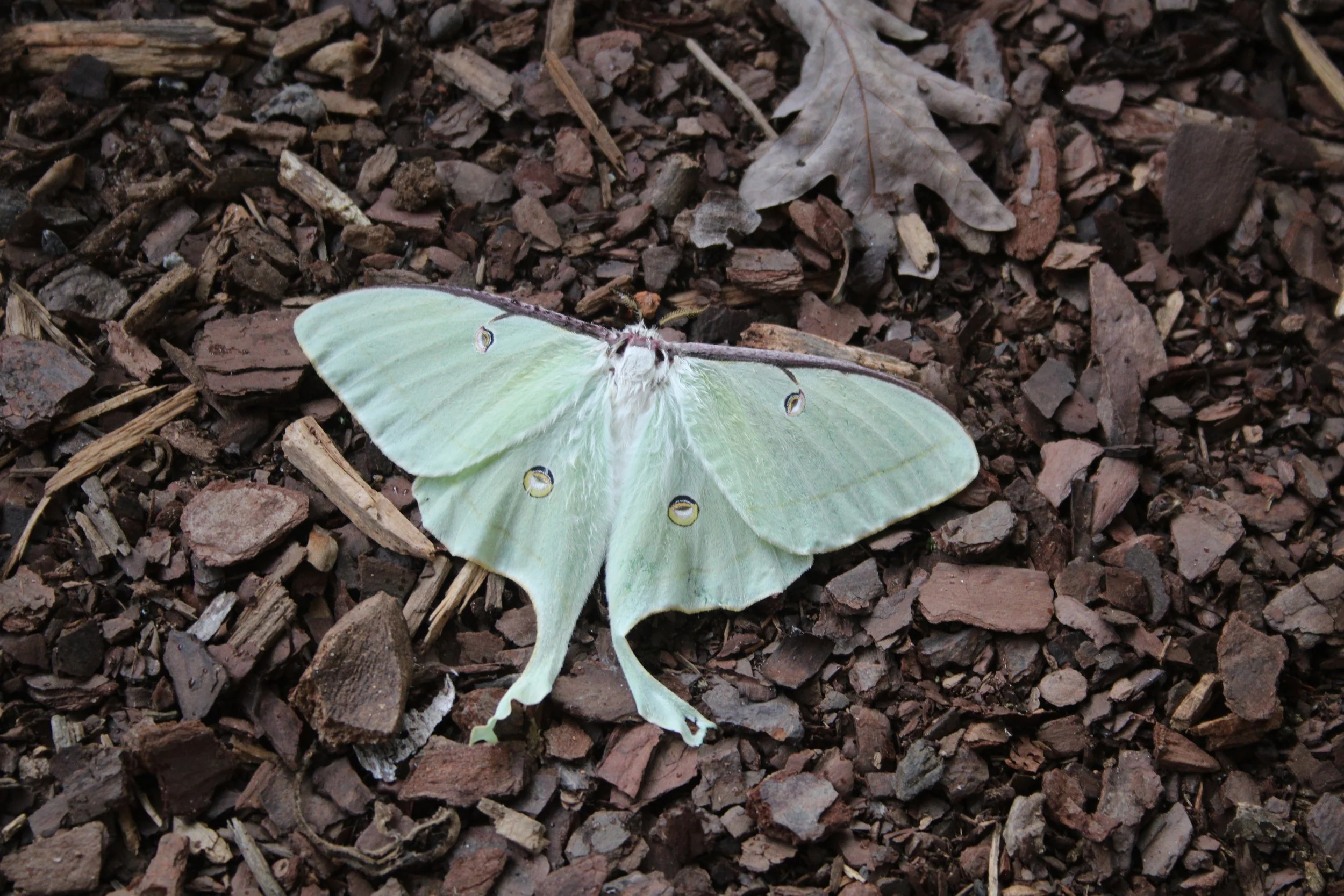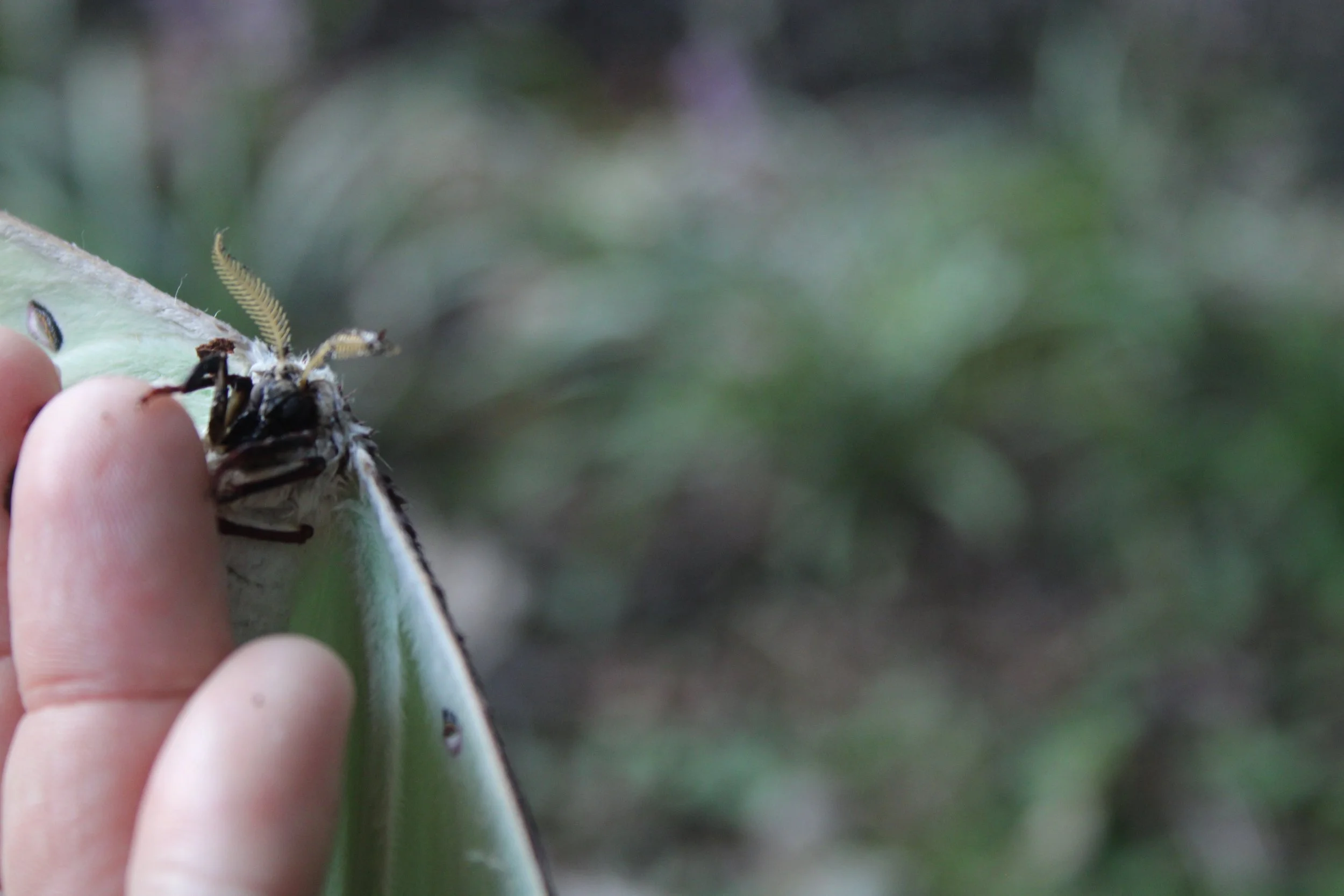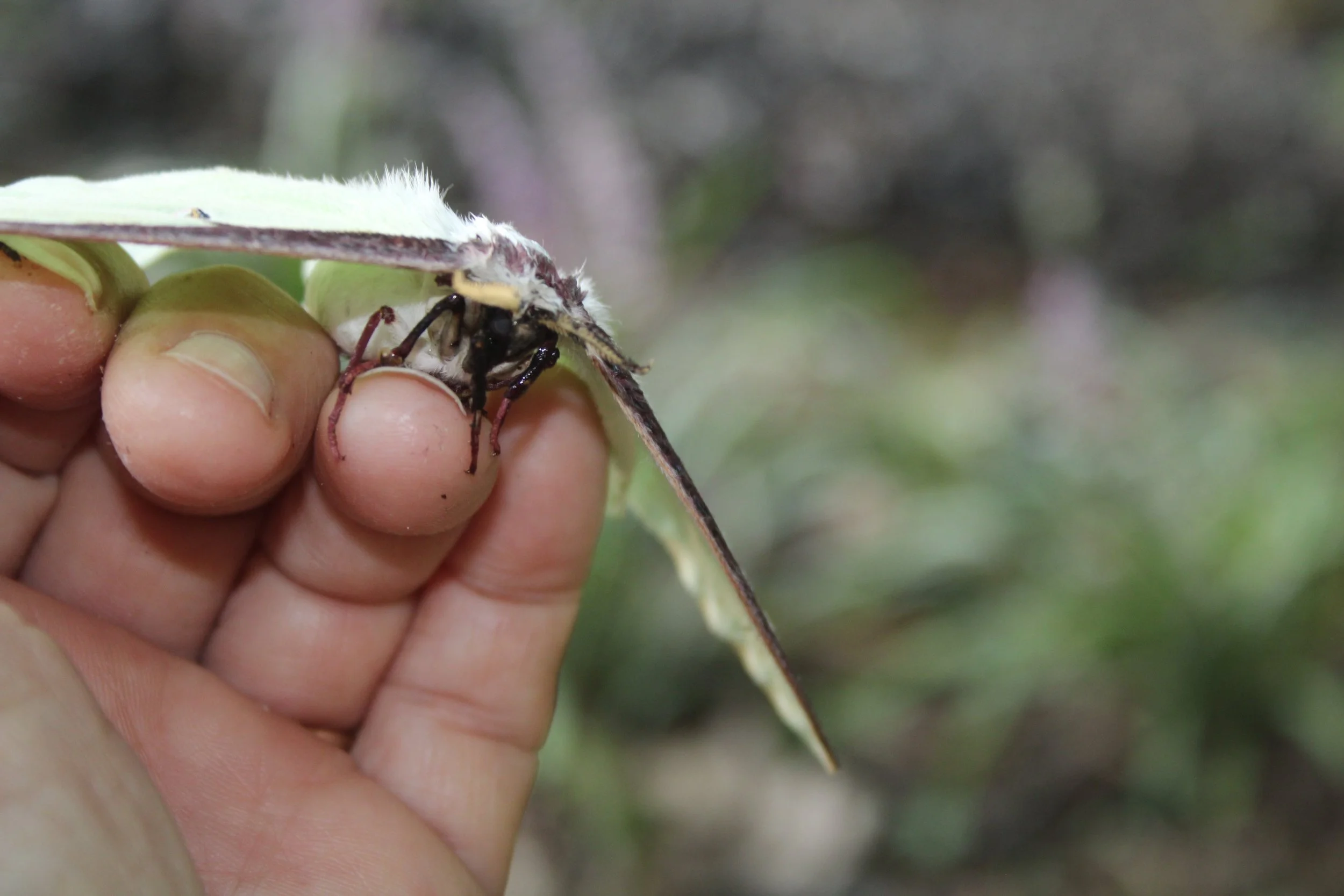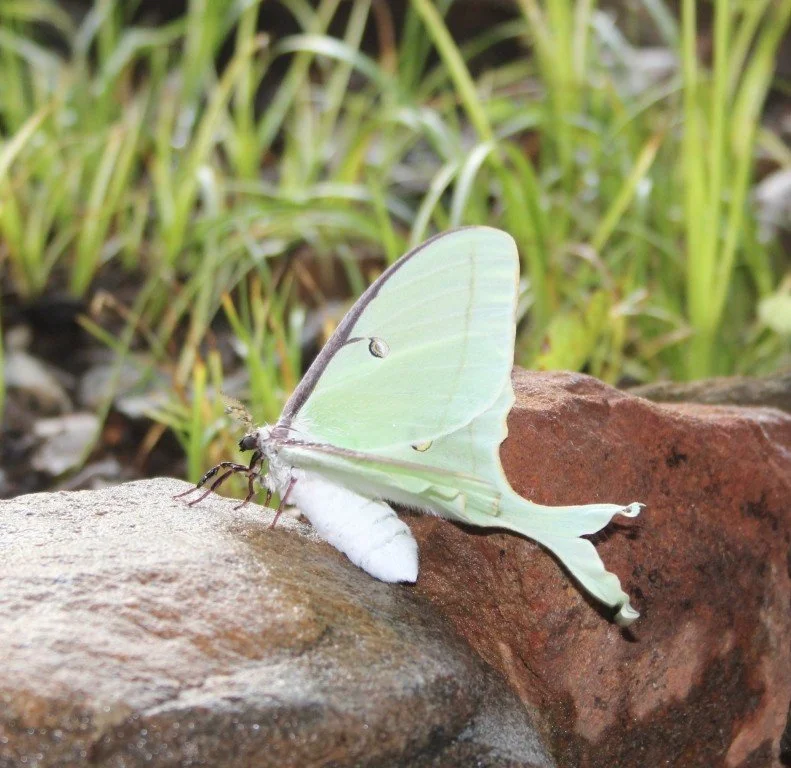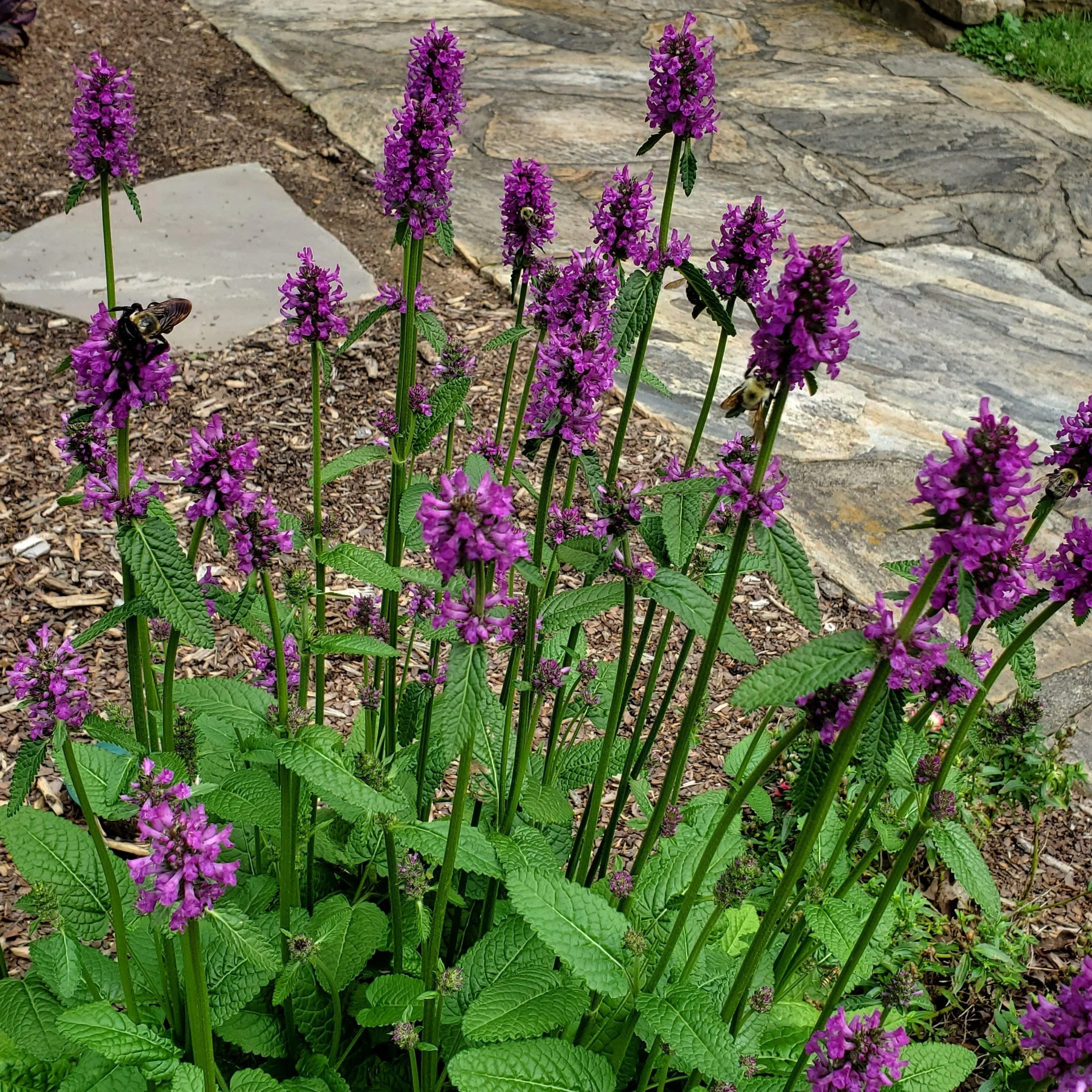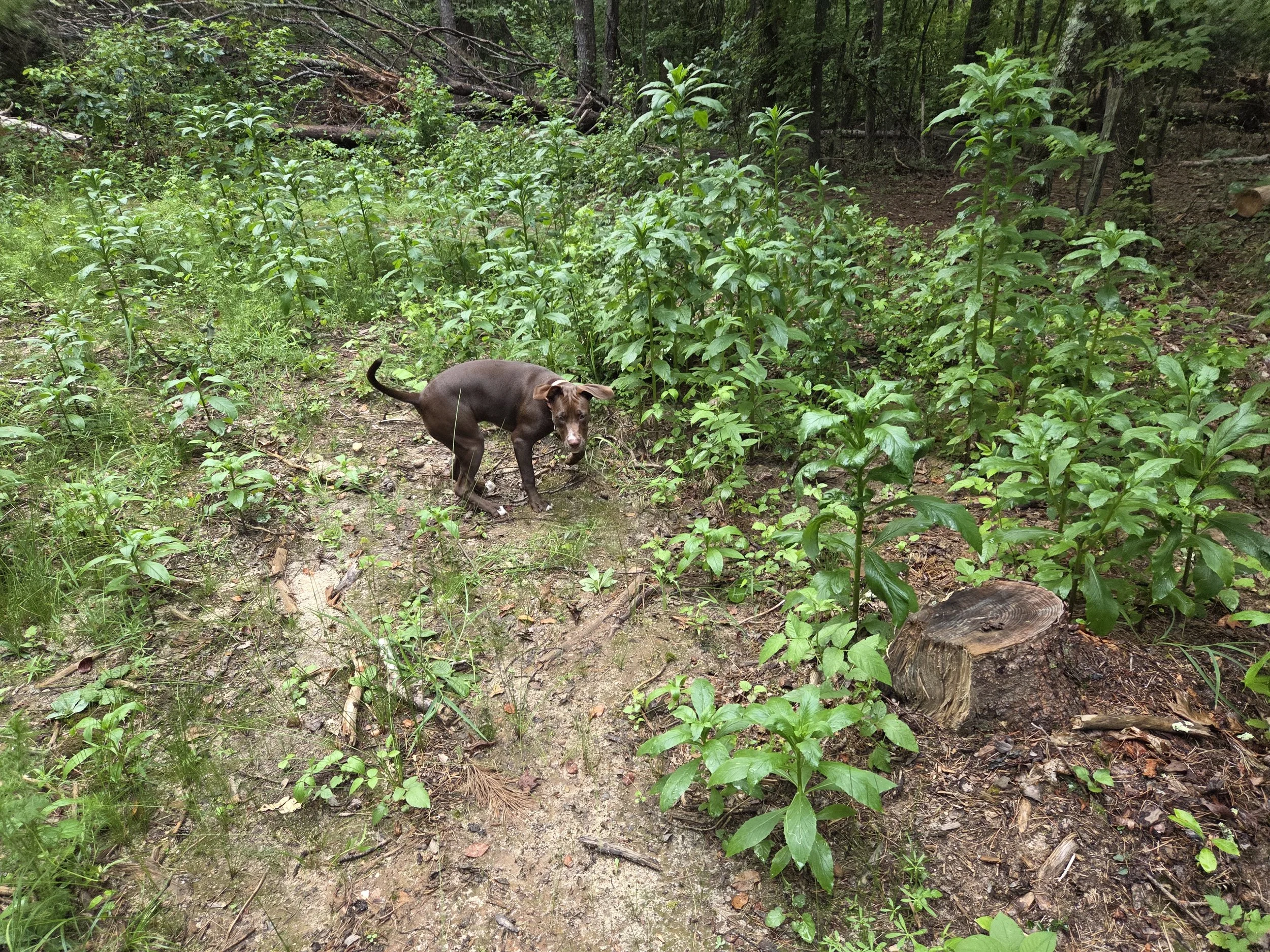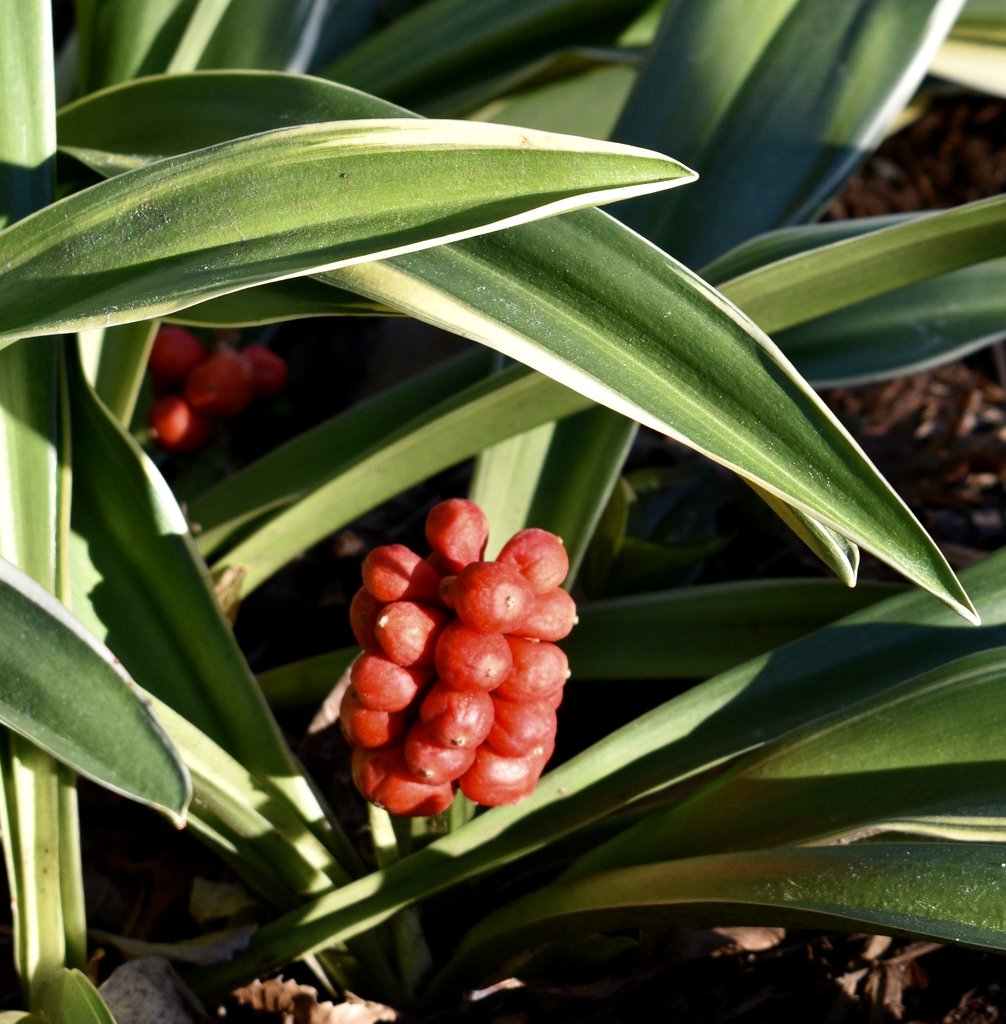My husband and I have lived on our current property for five years, and 2025 is by far the heaviest acorn crop yet. I mentioned this odd phenomenon to one of the vendors at the local farmers’ market. He shrugged and said, “It’s a mast year.” Evidently, he thought that explained the nut glut. Not eager to reveal my ignorance, I waited until he was out of sight before pulling out the phone and googling “mast year.” It is a real thing. All oaks or other nut-bearing trees have a super-heavy production in some years, compared to a reduction in other years.
Why does this happen? Quite a bit of professional research is available on line. There is evidence that weather has an influence, but also that nature is acting to keep acorn-eating critters in some sort of balance. The seeding phenomenon appears coordinated. From Ellie Shechet, Brooklyn Botanical Garden, “Masting is, in short, the synchronized production of seeds by a population of plants. In other words, it’s a reproductive act that an entire population does together. Oak trees, for example, mast roughly every 2–5 years. Because populations can extend across vast swaths of the country, this can mean that a red oak tree on a street in Chicago is hurling acorns to the ground at around the same time as a red oak tree in the woods of New Hampshire.”
This sounded reasonable to me and was supported by articles from George Washington University, University of New Hampshire, Iowa State University, Cornell University, and many others. I wondered how the results were quantified. In my imagination, I saw graduate students sitting on the ground with buckets, counting as they collected. Harvard University provided an in depth description in the measurement process in their Journal of Vegetation Science, Volume 20, Issue 4, pp. 745-753, 9 pp. Here is one sentence from that abstract that convinced me that I did not need to know the specifics: “We use 36 seed production datasets covering a variety of species with ≥10 years of data to test the performance of these six methods. For each method, we quantify the percentage of the datasets to which the method could be successfully applied, the magnitude of the mast year relative to the mean, the frequency of mast years and the occurrence of consecutive mast years. The majority of the methods failed to meet the criteria for a suitable method. The best method used the number of standard deviates (standardized deviate method) of the annual mean seed production from the long-term mean of the dataset to identify mast-seeding years. General results from the standardized deviate method include that the occurrence of mast-seeding years is largely unrelated to plant population CV, but similar across species and data collection methods.”
My admiration goes to those of you who understand the explanation. I decided to forego the technical aspects and accept the fact that some years nut crops are heavier than others. According to the University of Florida Extension of Escambia County, “The term “mast year” comes from the botanical term, mast, for tree fruit—seeds, nuts, acorns, etc. Nuts and acorns are considered “hard mast,” while berries and apples are “soft mast.”
I wondered about the reasons for such a variance and the impact of a mast year on deer and turkey populations. Walden Extension (Orange County, New York) gave a clear, understandable explanation: “One hypothesis is that it is a survival strategy. Oak trees depend on small mammals such as chipmunks and squirrels, and birds such as blue jays and woodpeckers for seed dispersal. When there is an overabundance of acorns produced, not all of them will be eaten, ensuring that some of them will be able to germinate and grow into trees.
The acorn production cycle also has huge effects on the forest food web. Just under 100 species depend on the acorn as a primary source of food including birds, black bears, chipmunks, deer, mice, and squirrels. When the forest floor is full of acorns, the species that depend on the acorns for food have an easier winter. This results in an increase in the animal population the following year. Mast years use a lot of the tree’s resources, so they are often followed by a few years of lean or average acorn production. In years when there are fewer acorns, fewer animals survive, keeping the population in balance.”
As I went further down this rabbit hole, I learned that mast years are considered bonus seasons for those who hunt turkeys and deer for sport and consumption. I couldn’t resist including some Turkey Trivia Tidbits from the South Carolina Department of Natural Resources:
North American wild turkeys have five sub-species: Eastern (found here in South Carolina), Osceola, Rio Grande, Merriam’s, and Gould’s.
An adult wild turkey has about 5,500 feathers, including 18 tail feathers that make up the male's distinct fan.
Wild turkeys can fly and have a top flight speed of about 55 miles per hour.
Wild turkeys see in color and have excellent daytime vision, three times better than a human's eyesight, with a visual field of more than 270 degrees.
The wild turkey is an omnivore. It feeds on acorns, nuts, seeds, berries, greens as well as insects, small amphibians and reptiles.
Turkey droppings tell a bird’s sex. Male droppings are j-shaped; female droppings are spiral-shaped.
The male turkey’s head can be red, white, blue or a combination of all three. The wild turkey's bald head and fleshy facial wattles can change color with excitement in seconds.
The flap of skin that hangs down over a turkey's bill is called a snood and can change color, size, and shape based on mood and activities.
Adult male turkeys are called toms, and females are called hens. Very young wild turkeys are called poults, juvenile males are jakes, and juvenile females are jennies. A group of turkeys is called a rafter or a flock.
One final insight: Healthy acorns on the ground do not have their caps. While a few may have been dislodged from the tree by animal activity or sharp breeze, most likely those that have retained their caps have been parasitized by the acorn weevil or some other insect and are no longer viable.
